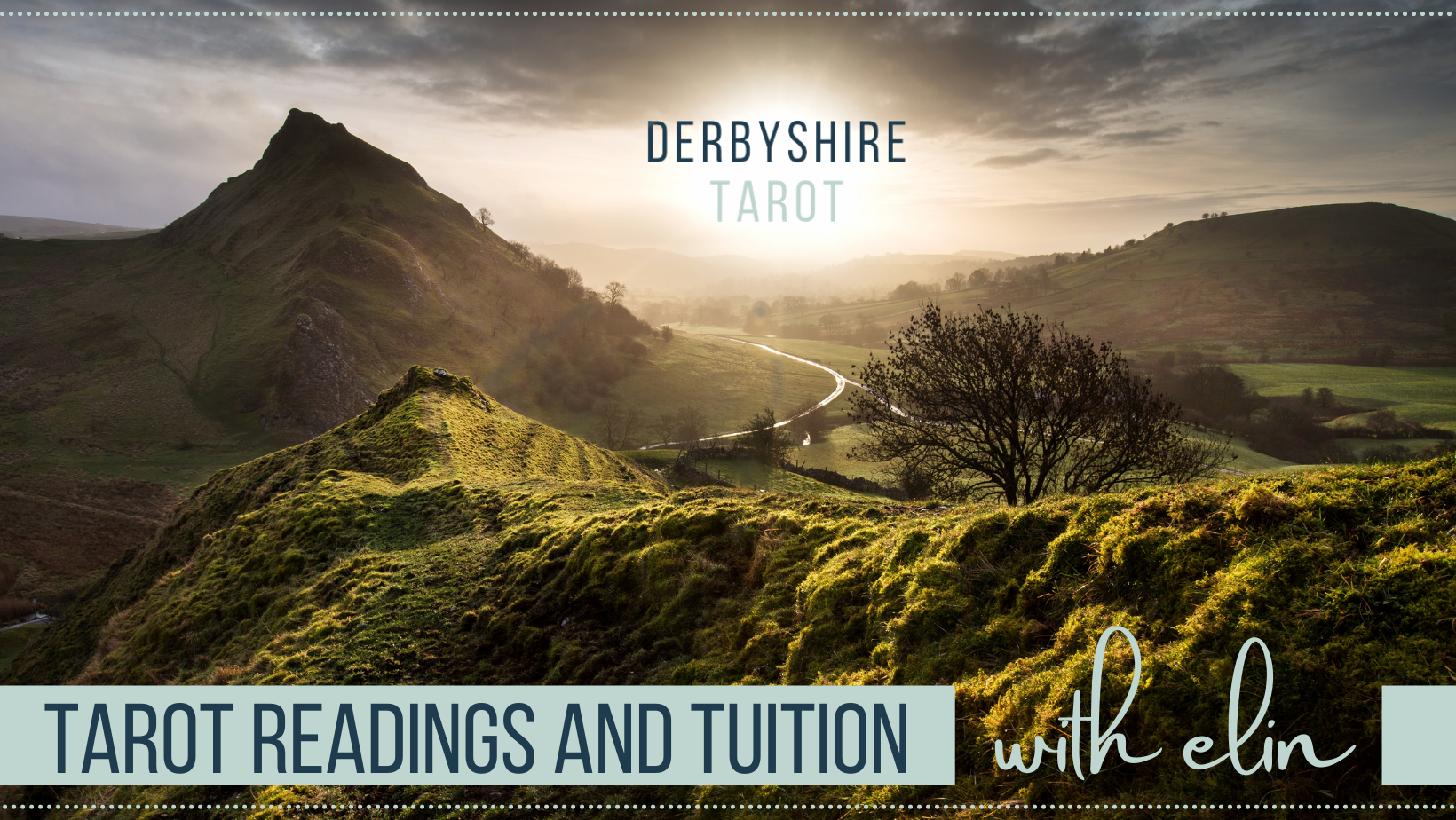
Whether one is familiar with the images of the Tarot or seeing the cards for the first time, Death stands out and demands attention. The word itself has power. The strange, whispering aspirate ‘th’ has an ominous feel. It is the last breath exhaled, suggesting that we dare not even speak Death’s name aloud for fear that it may bring on a direct, personal encounter with the Reaper.
In the modern world, so deeply consumed by the fear of death are we, that it has become strange and alien to us. We spend huge amounts of energy and money avoiding it, fixating on the idea of eternal youth with our potions and vitamins. With medical science so advanced, we can even hide a little from death even while it is happening to us.
Where once the bodies of the dead were laid out on the table in the parlour by a kindly neighbour or family member, the preparation for burial or cremation has now largely been given to professionals. Smiling actors on the television play in the park with pretend grandchildren to sell you funeral payment plans and packages while smart brochures are found at the funeral parlour and florist. Our corpses are filled with chemicals and refrigerated at vast cost while we wait weeks for an available twenty minute slot at the crematorium. Once our remains eventually wend their way to their resting place, even there we do our utmost to avoid the truth. Gone are long requiem masses and mourners; in instead is the ‘celebration of life’ with photo montages and pop songs.
Everything is so seemly. And we are terrified.
The Tarot’s power is to show us all of human experience in symbolic form. That includes Death, in all its iterations. In the Waite Smith deck, Death’s horse walks steadily, unhurried, through the landscape. The Black Knight leaves a king in his wake and is ready to take the souls of a child, a maiden and a priest. Neither riches, status, youth, innocence or virtue inures us to Death. We must all take his bony hand at some point on our journey through existence.
This avoidance of the inevitability of death is nothing new. In the seventeenth century, French baroque artist, Nicolas Poussin, painted the picture Et in Arcadia ego. The image (one version of which can be found in Chatsworth House here in Derbyshire) is of Ancient Greek shepherds gathered around a severe looking tomb, seemingly baffled at the evidence of death even in their beautiful, idyllic home. The Latin title translates roughly as ‘I am even in Arcadia’ and the picture is a form of memento mori. Literally ‘remember you will die’, memento mori was a medieval way of thought encouraging people to consider their immortal soul rather than the transient, and often very brief, life on earth. The prevalence of the memento mori in medieval art and architecture suggests that, even when the reality of death was less easily avoided than today, human beings still had the tendency to convince themselves that they might yet be passed over.
So what does it mean when we see the Death card in a reading? Modern books on the tarot will gently tell you that this is about metamorphosis and taking the next step on a path whilst leaving something behind. And this is true. Laying the Death card in a spread doesn’t necessarily mean we should be planning a wake in the village pub. But once again perhaps we are guilty of wrapping up the truth in something more comfortable, more palatable, for fear of meeting the Reaper abroad. But Card Thirteen is, just like Poussin’s painting, a memento mori. Sic transit gloria mundi, says Death on his steed. Thus passes the glory of the world.

